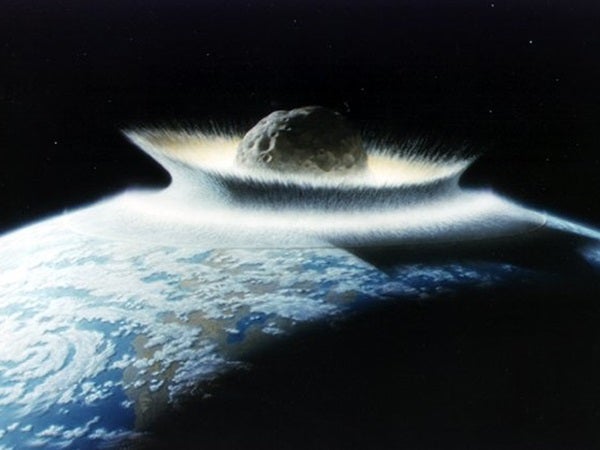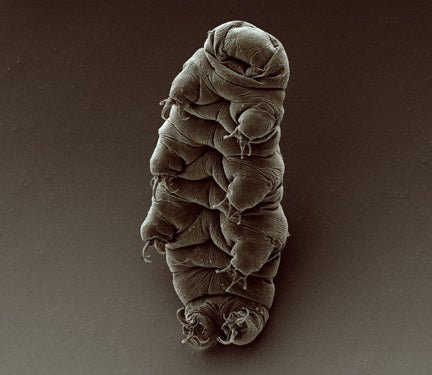That’s according to research published in Scientific Reports last week. The study looked at what it would take not just to end humanity, but to actually sterilize the entire planet of any life contained on it.
The calculations from a team at Oxford and Harvard Universities suggest you would need 6 x 1026 joules of energy — far, far more than contained in our nuclear arsenal. With that much power, you could vaporize the oceans of Earth and sterilize the entire planet in the process by bringing all available water on the planet up to at least 212 degrees Fahrenheit (100 degrees Celsius) — the boiling point of water.
In order to make a blast that size, you would need a big, big asteroid. According to Science Magazine, it would have to be the size of Vesta or Pallas, the second- and third-largest asteroids, respectively. Both those objects have diameters at around 310 miles (500km), about the minimum size for a dwarf planet. (Neither Vesta nor Pallas are round and thus aren’t considered dwarf planets.)
That’s a pretty big impact. It’s also what you might need to rob tardigrades of every chemical they need to live. Tardigrades are tiny, hardy pond-dwelling creatures that can seemingly survive anything nature throws at them. They can even survive prolonged radiation exposure or drought, though not indefinitely.











